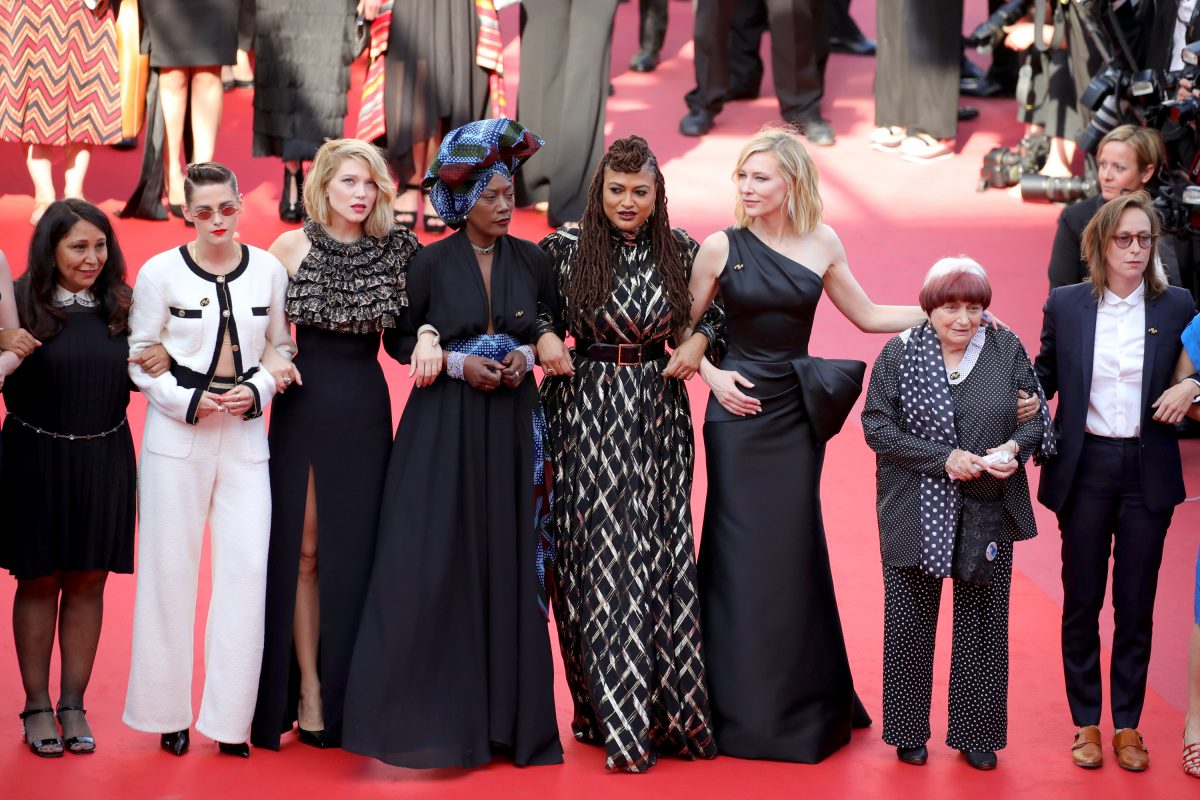Annenberg Study Shows That No, We Aren’t Getting Better Representation
These numbers are flat out rage inducing.

As promised in my earlier piece, here’s a little breakdown of the Annenberg Inclusion Initiative’s study on 1,100 major films released between 2007 and 2017. In short: it’s not great. The percentage of female characters who speak in a film has barely risen over the course of the past ten years, and that’s without taking race, sexuality, or disability into account. Despite all the discussion of progress being made, it still looks like very little has been done. Hollywood executives might be talking the talk, but not walking the walk.
The study was written by Dr. Stacy L. Smith, Marc Choueiti, Dr. Katherine Pieper, Ariana Case, and Angela Choi, and does not only examine female representation but portrayals of race/ethnicity, sexuality, and disability in film as well. These are important numbers to keep in mind as we talk about representation; the numbers for white women differ vastly from the numbers concerning women of color, or LGBT+ characters, or disabled characters. The study also looks at some behind-the-scenes statistics as well, which are equally disheartening.
For example, the study shows that only 33 women were the leads of the top 100 films of 2017. Of that number, only four were women of color, and only five were over the age of forty-five. 4% of the top films of the year featured a woman of color in the leading role. That goes beyond the frustrating into the rage-inducing. If you’ve been following the site for a while, you know we’re advocates for better representation across the board, and to see these numbers laid out so plainly is a sharp reminder that Hollywood has miles and miles to go before they sleep. Or pat themselves on the back any longer.
The next page of the study says that 70.7% of all speaking characters are white. They also list how many of the top 100 films have no speaking roles for Black, Latinx, or Asian characters — and they’re far more significant than the percentages of speaking roles.
We call it an epidemic of invisibility for a reason. #InclusionCrisis https://t.co/lMrhMom9ih pic.twitter.com/zVr5jnmM8r
— Annenberg Inclusion Initiative (@Inclusionists) August 1, 2018
Similarly, the numbers for LGBT+ representation are equally disheartening—and again, most of the LGBT+ characters who do make the cut are white.
Not enjoying a movie after paying for a ticket is hard. Paying money for a ticket and not even seeing yourself represented in the film is harder. Why is LGBT representation lacking? #InclusionCrisis https://t.co/X5VKCQ29Is pic.twitter.com/Nzko8GL66J
— Annenberg Inclusion Initiative (@Inclusionists) August 1, 2018
So where do we go from here? The Annenberg Inclusion Initiative does posit a path to gender equality — if we add five more female characters to all scripts between now and 2020, we’ll see gender parity. Of course, that would require Hollywood listening to these cries for representation, which is something they’re going to have to step up and do now that films that include some form of representation (see: Get Out, Black Panther, and Girls Trip) are doing far better at the box office than their mostly white counterparts.
These numbers are a sad reminder that the fight for equality in media is still ongoing. Keep fighting the good fight, even though right now it seems as though nothing is changing. By demanding, writing about, and using our tickets to push for more diverse stories across the board, change will come. Until then, keep making noise to get the higher-ups attention, and when you have it, use that voice for good.
(image: Getty)
Want more stories like this? Become a subscriber and support the site!
—The Mary Sue has a strict comment policy that forbids, but is not limited to, personal insults toward anyone, hate speech, and trolling.—
Have a tip we should know? tips@themarysue.com